If you are suffering from a mental health disorder, brain injury, or neurological condition, you may have heard of neurofeedback. As it continues to gain popularity among the medical community, an increasing number of physicians, clinicians, therapists, and practitioners are using this powerful brain training therapy as an alternative approach to treating patients. If you’re interested in learning more about neurofeedback in Highlands Ranch, you’ve come to the right place.
In today’s blog, we’re breaking down everything you need to know about this promising, research-backed treatment option. You’ll soon see why it’s been nothing short of a breakthrough for a wide range of people—from professional athletes to people with severe anxiety and depression.
What is neurofeedback?
Neurofeedback is the direct training of brain function, by which the brain learns to improve self-regulation. Neurofeedback is commonly referred to as EEG biofeedback because the treatment is based on electrical brainwave activity, as measured by an electroencephalogram, or an EEG for short.
Neurofeedback therapy aims to help people improve behavioral, emotional, and cognitive functioning by training patients to inhibit certain brainwaves while increasing others. This helps lead to optimal regulation and an overall balanced brain.
When compared to other types of treatment used to help manage brain-based disorders, such as prescription medication, neurofeedback has been proven to create long-lasting changes in the brain. Rather than masking the symptoms, this type of all-natural treatment addresses the problem right at the source.
How does neurofeedback work?
Neurofeedback leverages the power of operant conditioning, a type of reward-based learning. During a typical treatment session, electrodes are placed on your scalp. These provide real-time feedback about your brain’s activity.
As you may have guessed, everyone’s brainwave activity will look a little different. Often those with anxiety or insomnia have too many fast-moving brainwaves. And those with focus-related disorders or depression have too many slow-moving brainwaves. The key to alleviating symptoms associated with those disorders is to keep brainwaves within a normal range.
Neurofeedback works by providing a reward whenever brainwaves are within normal ranges—usually in the form of a movie, song, or video game that will play. And when brainwave activity falls outside of that normal range, the reward is stopped or is taken away.
This increased awareness helps you gradually recondition your brain to function more optimally.
What does neurofeedback treat?
Neurofeedback is used to treat a wide range of disorders and conditions. Most commonly, neurofeedback is used to treat: anxiety, ADHD, ASD, attachment disorder, concussions, depression, insomnia, memory loss, migraines, mood disorders, PTSD, TBIs, and trauma.
Some people also seek neurofeedback simply to improve their day-to-day brain function. In fact, many professional athletes and business executives use neurofeedback to improve their focus and sleep and reduce their stress levels.
Essentially, anyone interested in increasing their performance and cognitive function can benefit from neurofeedback training.
Where to find neurofeedback in Highlands Ranch
If you’re interested in trying out neurofeedback in Highlands Ranch, reach out to us at Braincode Centers. We offer free consultations so you can describe your symptoms and talk with a specialist about whether or not neurofeedback is the right therapy for you.
What are you waiting for? Contact us today to set up your free consultation and to get started on your path to improved wellness.




